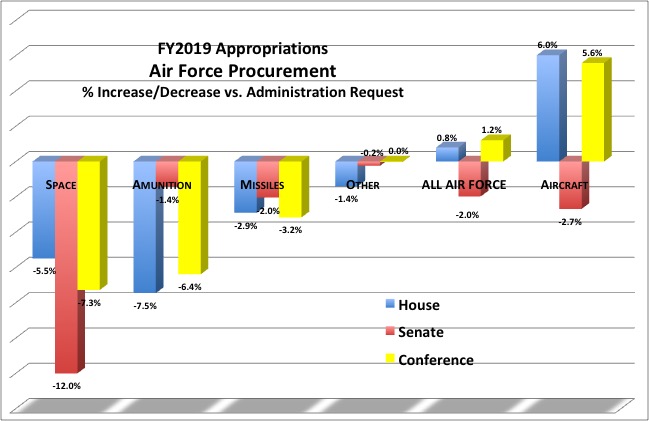- Reaction score
- 146
- Points
- 710
GAO sugests, amongst other things, that F-22 be taken off NORAD mission in Alaska as part of concentrating on air superiority role (at moment USAF has no plans for F-35 to take on NORAD from Alaska)--a few excerpts:
Mark
Ottawa
Watchdog Says USAF Is Wasting F-22s On Patrols And Deployments, Should Consolidate Force
A new report says the jets and their pilots are too busy with missions that don't require their unique capabilities to prepare for conflicts that do.
The U.S. Air Force is reassessing the distribution and structure of its F-22 Raptor units, as well as their assigned missions and deployment schedules, following a highly critical review of how it is utilizing the aircraft from a top Congressional watchdog. At present, the stealth fighters suffer from low availability rates and their crews have limited time to train for their primary air superiority mission, especially due to having to fly alert missions in defense of the United States, which could lead to a shortage in capability from the already small fleet during any potential high-end conflict.
The Government Accountability Office (GAO) released the report publicly online on July 19, 2018. It acknowledges that the short-sighted decision to truncate the total purchase of F-22s has exacerbated many of the issues it uncovered and may make certain problems unavoidable to some degree, but makes clear that the Air Force is still not making the most of the Raptors it does have in inventory.
"The Air Force’s utilization of its F-22 fleet has limited pilot opportunities to train for air superiority missions in high threat environments," the reviewers wrote in the executive summary. "Without conducting a comprehensive assessment to identify and assess F-22 organization, the Air Force may be foregoing opportunities to improve the availability of its small yet critical F-22 fleet, and support combatant commander air superiority needs in high threat environments."
The Air Force has divided the fleet up among six combat-coded squadrons, including one in the Air National Guard, each of which has between 18 and 21 primary mission aircraft, along with a small number of additional planes in reserve. There are also two test and evaluation units with Raptors, as well as a formal training unit squadron.

...
Their [GAO's] suggestions included assigning other aircraft to the homeland defense mission...
[Suggestions by authors of article] Even more drastic measures could be taken, such as removing all F-22s from Elmendorf-Richardson and replacing those aircraft with updated F-16s, as well. The F-35 may be another option, though GAO notes in its report that the Air Force has no plans at present to use the Joint Strike Fighters for the alert mission. This, of course, could easily change as more of those jets enter service.
At the very least, the alert commitment should be taken off the F-22's back in Alaska. The mission sucks up three to four jets at any given time and the training requirements required to execute it also eats into the Raptor's core mission syllabus.
The alert role could be assigned to a stateside Air National Guard unit, which is not an uncommon practice...
http://www.thedrive.com/the-war-zone/22307/watchdog-says-usaf-is-wasting-f-22s-on-patrols-and-deployments-should-consolidate-force
Mark
Ottawa




